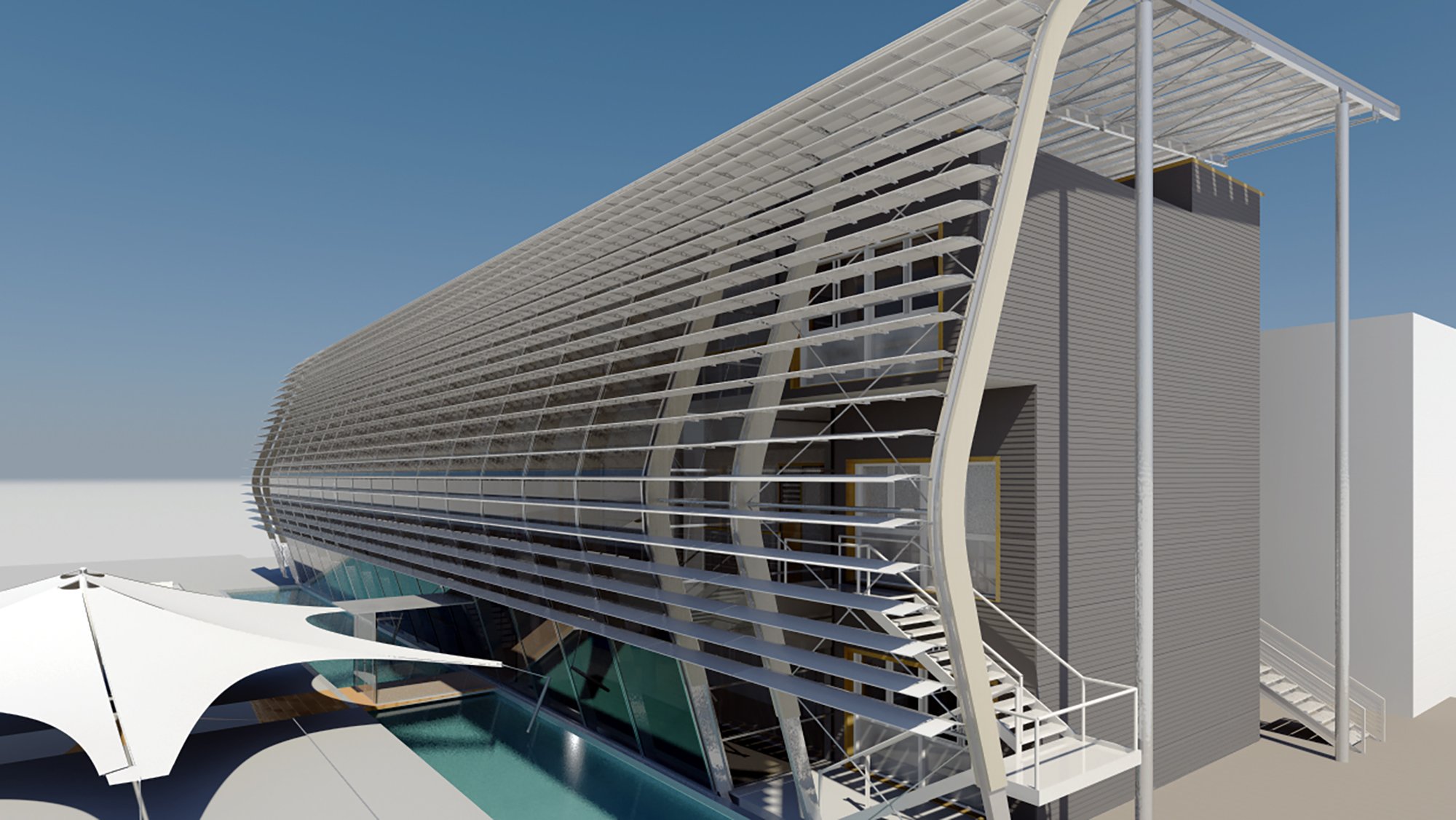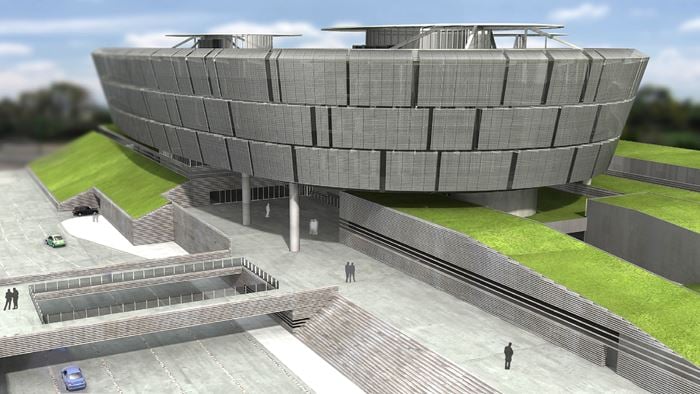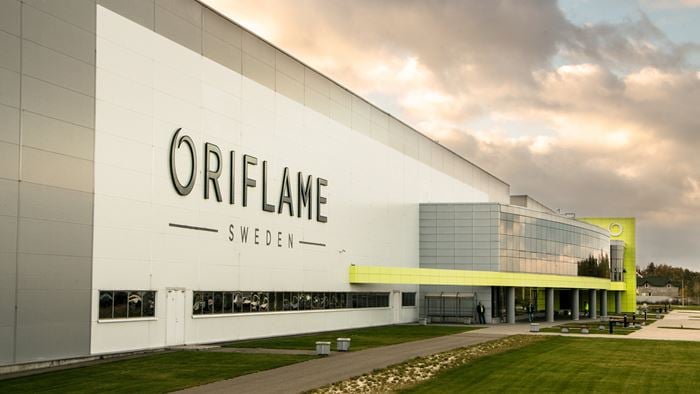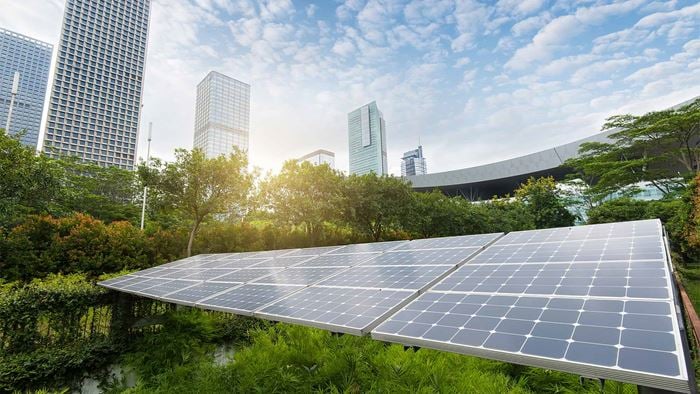Archimede Solar Energy Spa is part of the Angelantoni group and operates in the renewable energy sector.
The design of its new headquarters, commissioned in 2009, is part of an innovative environment and at the forefront of sustainability and energy efficiency. Arup has developed this innovative project with the aim of establishing a benchmark in the field of low-energy and low-carbon buildings.
The building, under construction within the energy hub in Massa Martana Stazione (PG), will have three floors above ground for a total area of about 3500m2 for residential areas, offices and public spaces.
Energy efficient building
Through a multidisciplinary approach, numerical models and simulations the building has obtained class A certification in energy efficiency and is close to being carbon neutral.
An overall reduction of thermal energy demand by about 50% during the summer and about 80% during winter is estimated. The consumption of primary energy heat and power has been reduced respectively by 60% and 40%.
Arup developed the design of structural engineering and facilities, covering also the specialised aspects such as geotechnical studies and facade. Arup has also the role of construction management of operational systems and structures.
Efficient structure
The structure, in reinforced concrete and steel, was designed to be perfectly integrated with the bioclimatic building services.
A structure to the north contains offices and uses thermal mass for heat regulation during peak hours.
A steel and glass structure to the south comprises a façade integrated into the roof, hosts the atrium and creates a climatic buffer between the inside and the outside areas with the aid of natural heating in winter.
Sunlight from the south is maximised and an innovative air-cooling system exploits heat exchange with the ground in summer.
The air-conditioning for the atrium during the summer time will be obtained from 85% natural sources through a combination of natural night ventilation, free cooling and geothermal exchange.
The building includes a photovoltaic system and use of biomass in a cogeneration plant. These systems contribute to the reduction of CO2 emissions, estimated at 93t/year.
The total annual energy consumption for heating, ventilation and domestic hot water is 3.8kWh/m³.
 ;
;







.jpg?h=394&mw=700&w=700&hash=07BA24C0063CED6DD944897D6E3FDBF9)



